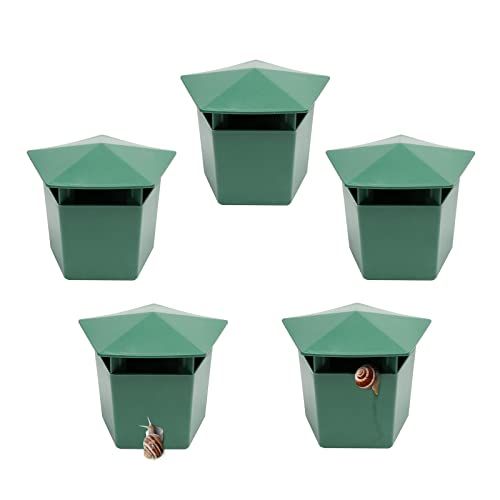This common vegetable is the best natural defence against slugs and snails – and you probably already have one in your fridge
Here's how to pest-proof your flower beds and veg garden this year
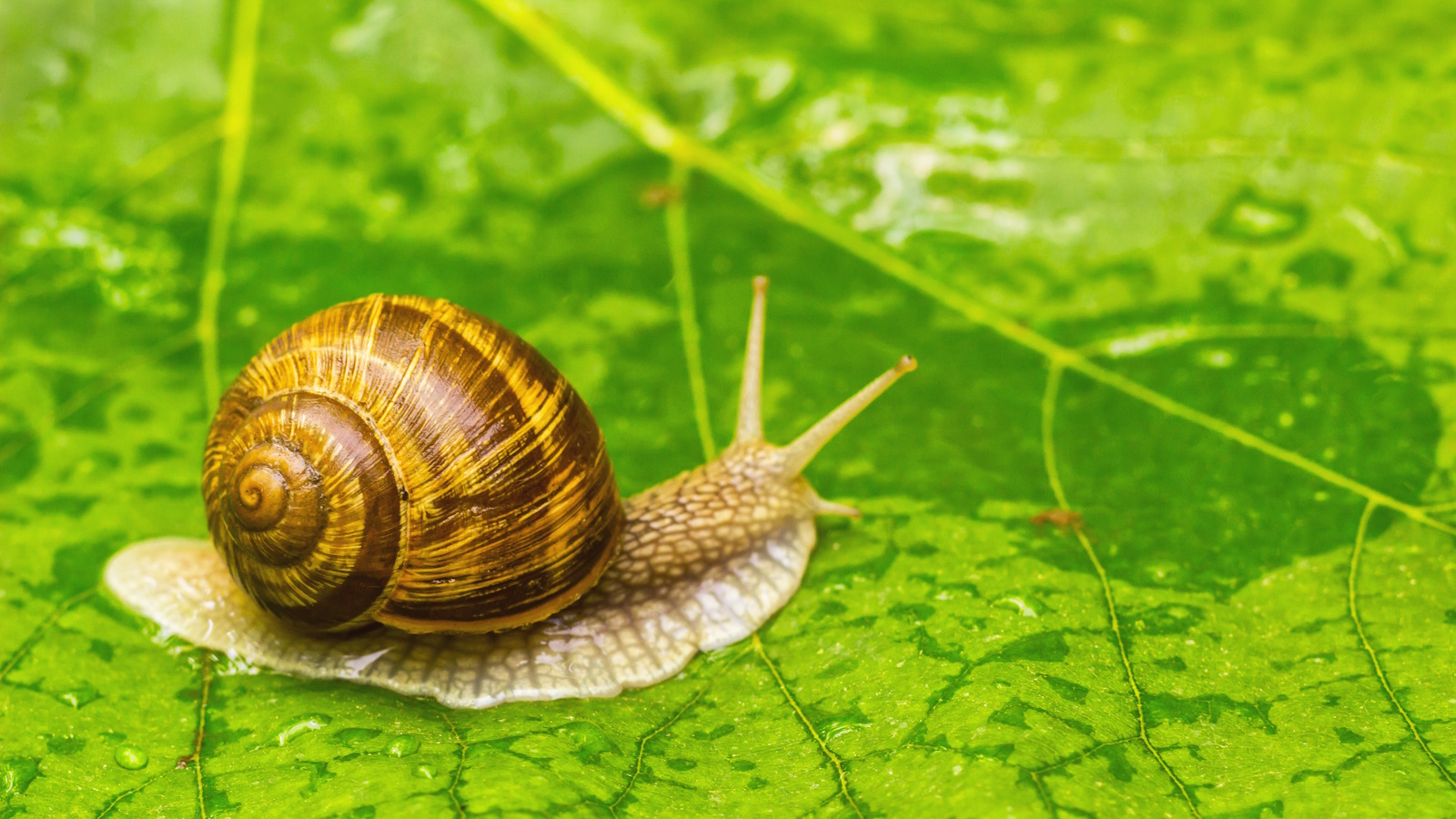

Let’s face it, slugs and snails are a menace in gardens. Even if you, like me, try to leave room for pests and weeds, slugs and snails can be seriously frustrating. Lettuces, hostas, dahlias, zinnias, their hunger knows no bounds. Fortunately, there is a simple cucumber hack to stop slugs and snails that is both natural, cost-effective and quick to complete.
When I was working as a gardener in London a few years ago, I remember slugs munching through unfurled canna lily leaves just as they emerged. The result? Ragged, claw-like holes that ruined the look of the entire summer display, and became a constant gripe of mine that summer. For this reason alone, I am always on the hunt for a new hack.
While there are endless snail and slug control methods online, sometimes the simplest works best. Here, I reveal one natural cucumber hack really can make a difference. If you’re constantly battling slugs and snails in veg gardens and flower beds, here’s a smart trick to help protect your crops, without turning to chemicals.
How to stop slugs and snails in your yard using cucumber
If you are wondering how to get rid of slugs in your yard, you will likely have tried any number of hacks. From using coffee grounds to deter slugs to slug repellent plants, there are many different options to try.
But this cucumber hack, I think, is one of the simplest and kindest.
The cucumber hack to stop slugs and snails
The cucumber hack to stop slugs and snails is surprisingly simple, and while it won't eradicate these pests, it can help to control their numbers.
First, raid your fridge drawer and retrieve a cucumber, before slicing it thinly. Don't worry about the quality of the cucumber here; in fact, it is best to use those that are past their best.
Next, place the slices near your vulnerable plants in the evening. This method is similar in principle to companion planting or trap plants for pest control, in that the cucumber slice is a sacrificial tribute to lure the slugs and snails who will be attracted to the scent and moisture of the cucumber.
After a few hours, with a torch in hand, or otherwise in the morning, you can inspect the slices and collect the gathered pests and relocate them far from your veg patch, or dispose of them, depending on your preference. This method is chemical-free, safe for pets and requires almost no effort.
Personally, I think this hack works best when deployed as part of a broader pest management battle plan. So, why not learn how to keep ducks, which feed on these pests, while also using some copper tape around the rim of your pots, as well as encouraging natural predators such as frogs to keep the slug population down?
Copper tape is available to order from Walmart.
FAQs
How far away from my yard should I move slugs and snails?
If you do not want to kill caught slugs and snails, one option to move them. To prevent slugs and snails from returning to the scene of the crime, move them at least 50 or more feet away from your yard. This distance is sufficient to overcome their homing instinct. Another trick is to place them near a bird feeder, as an offering for hungry cardinals.
While they might be frustrating, particularly if they have devoured your strawberry or chard crop, slugs and snails play an important role in the biodiversity and ecosystem of backyards. For more information, see our guide on how slugs and snails are good for the backyard.
Shop pest-control kit
Sign up to the Homes & Gardens newsletter
Design expertise in your inbox – from inspiring decorating ideas and beautiful celebrity homes to practical gardening advice and shopping round-ups.

Thomas is a Content Editor within the Gardens Team at Homes and Gardens. He has worked as a professional gardener for both public spaces and private estates, specializing in productive gardening, growing food and flowers. Trained in Horticulture at the Garden Museum, he has written on gardening and garden history for various publications, including The English Garden, Gardens Illustrated, Hortus, The London Gardener and Bloom. He has co-authored a Lonely Planet travel book, The Tree Atlas, due out in 2024.
You must confirm your public display name before commenting
Please logout and then login again, you will then be prompted to enter your display name.
-
 Jennifer Aniston's former NY penthouse features the most tranquil urban garden I've ever seen – it's hard to believe it's above Manhattan
Jennifer Aniston's former NY penthouse features the most tranquil urban garden I've ever seen – it's hard to believe it's above ManhattanThe actress once resided in the highest building in the West Village – it features an idyllic terrace that's almost too peaceful to exist in a city
-
 How to grow borage – experts explain the many perks of this low-fuss annual herb
How to grow borage – experts explain the many perks of this low-fuss annual herbBorage is a triple threat in the garden as a pollinator companion plant, a healing herb and a culinary flavor addition
-
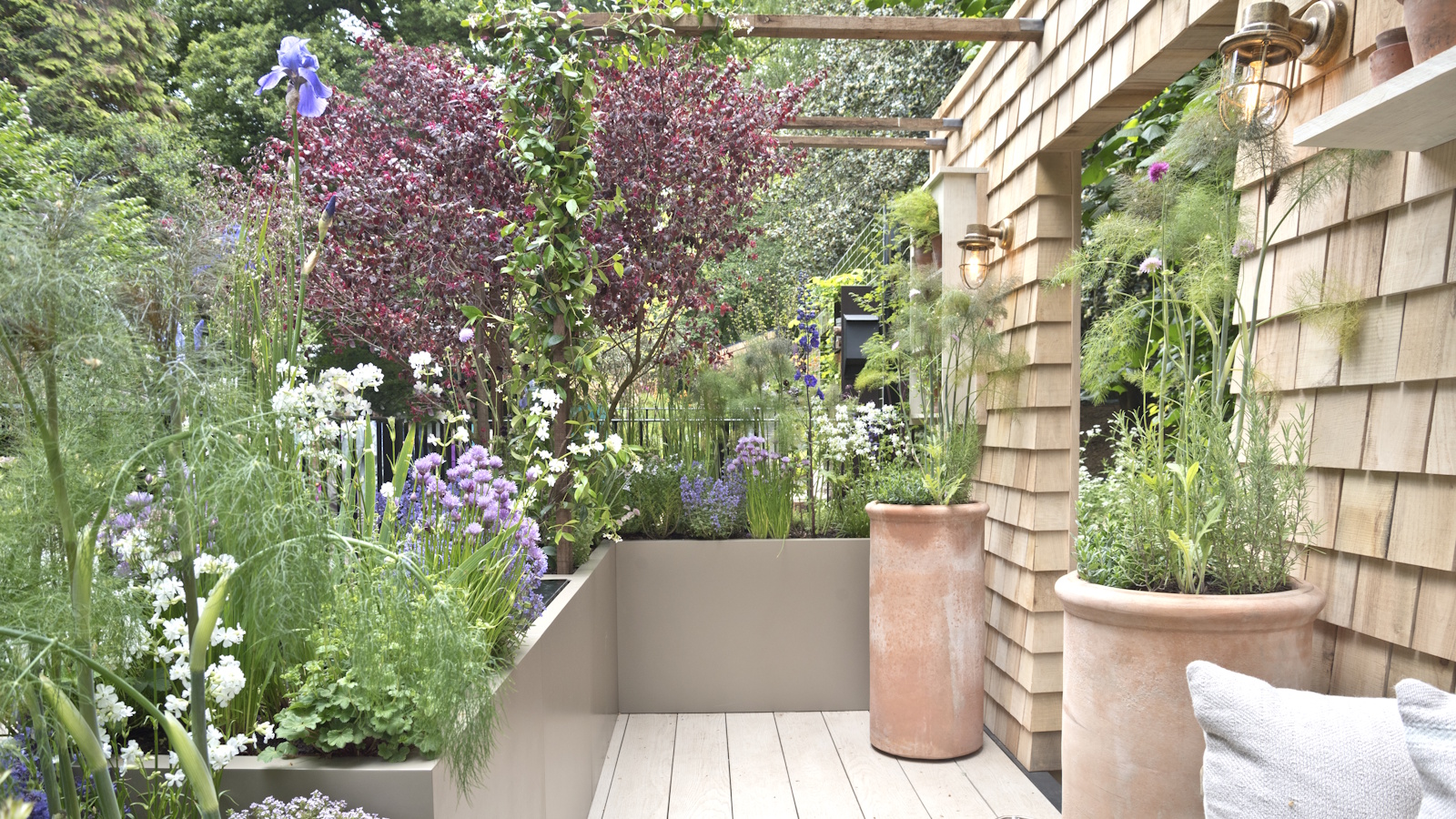 As a professional gardener, these are the 5 flowers I'm planting in pots this May for bold, exuberant and non-stop summer color
As a professional gardener, these are the 5 flowers I'm planting in pots this May for bold, exuberant and non-stop summer colorJazz up your plot this year, whatever its size, with these vibrant blooms for pots
-
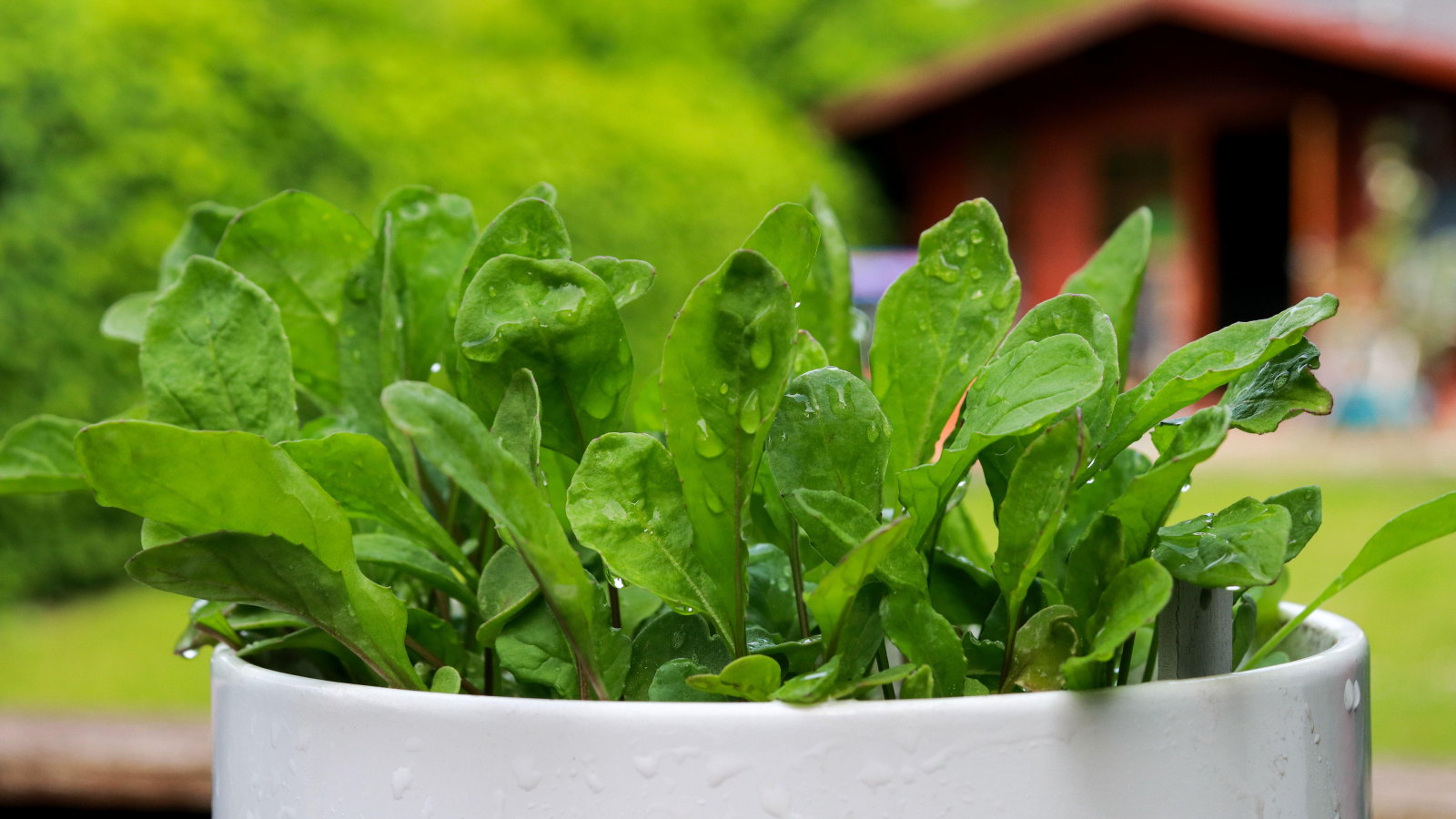 Growing spinach in pots is perfect for nutritious harvests in small urban spaces – it's as simple as following these 7 expert-recommended steps
Growing spinach in pots is perfect for nutritious harvests in small urban spaces – it's as simple as following these 7 expert-recommended stepsGet the fundamentals right and the reward is rich pickings, whatever your space
-
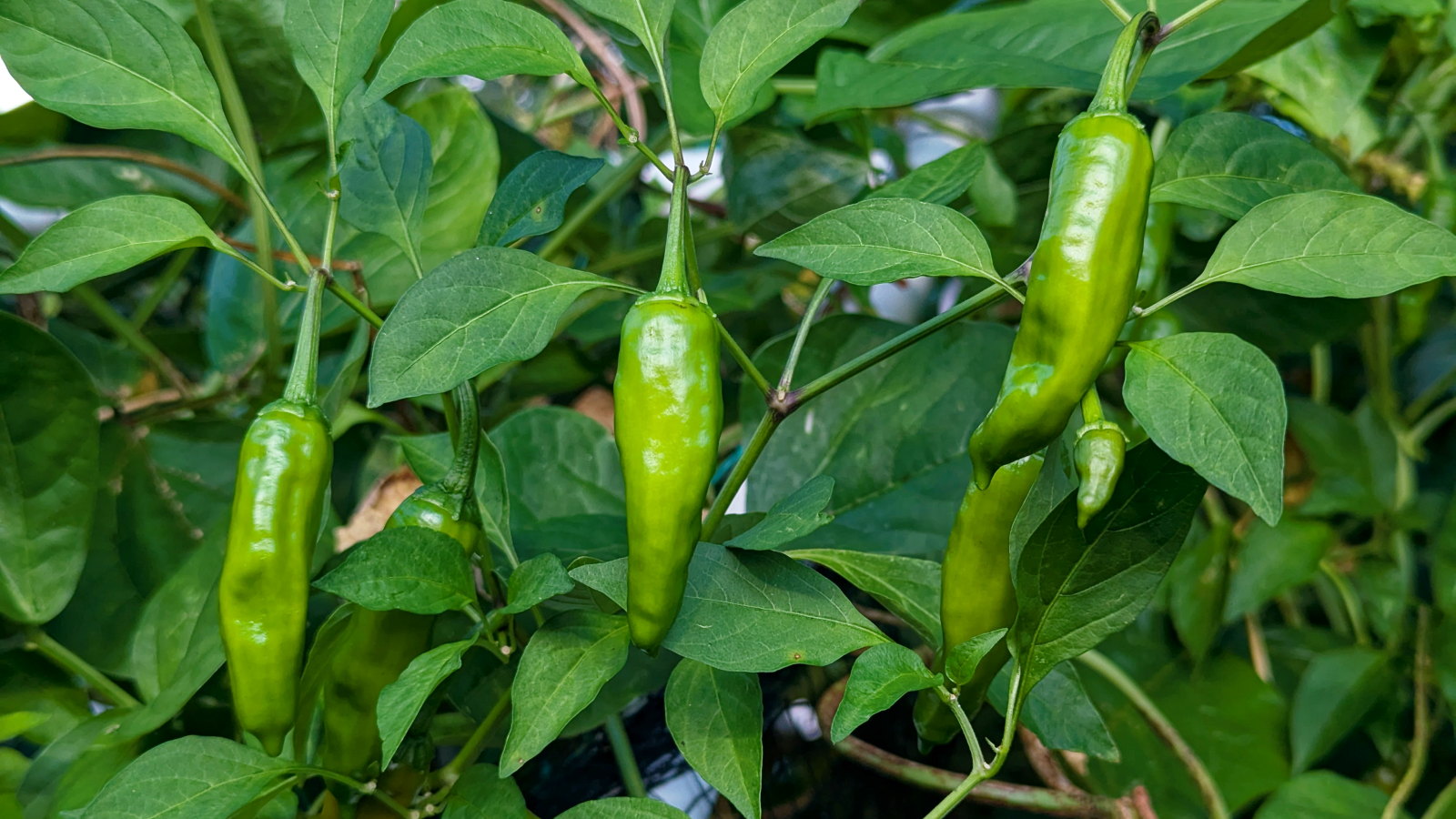 Do you prefer your peppers milder instead of fiery? If so, this could be the perfect solution – here’s how to grow shishito peppers
Do you prefer your peppers milder instead of fiery? If so, this could be the perfect solution – here’s how to grow shishito peppersGet large harvests of small, slender, green shishito peppers from each plant
-
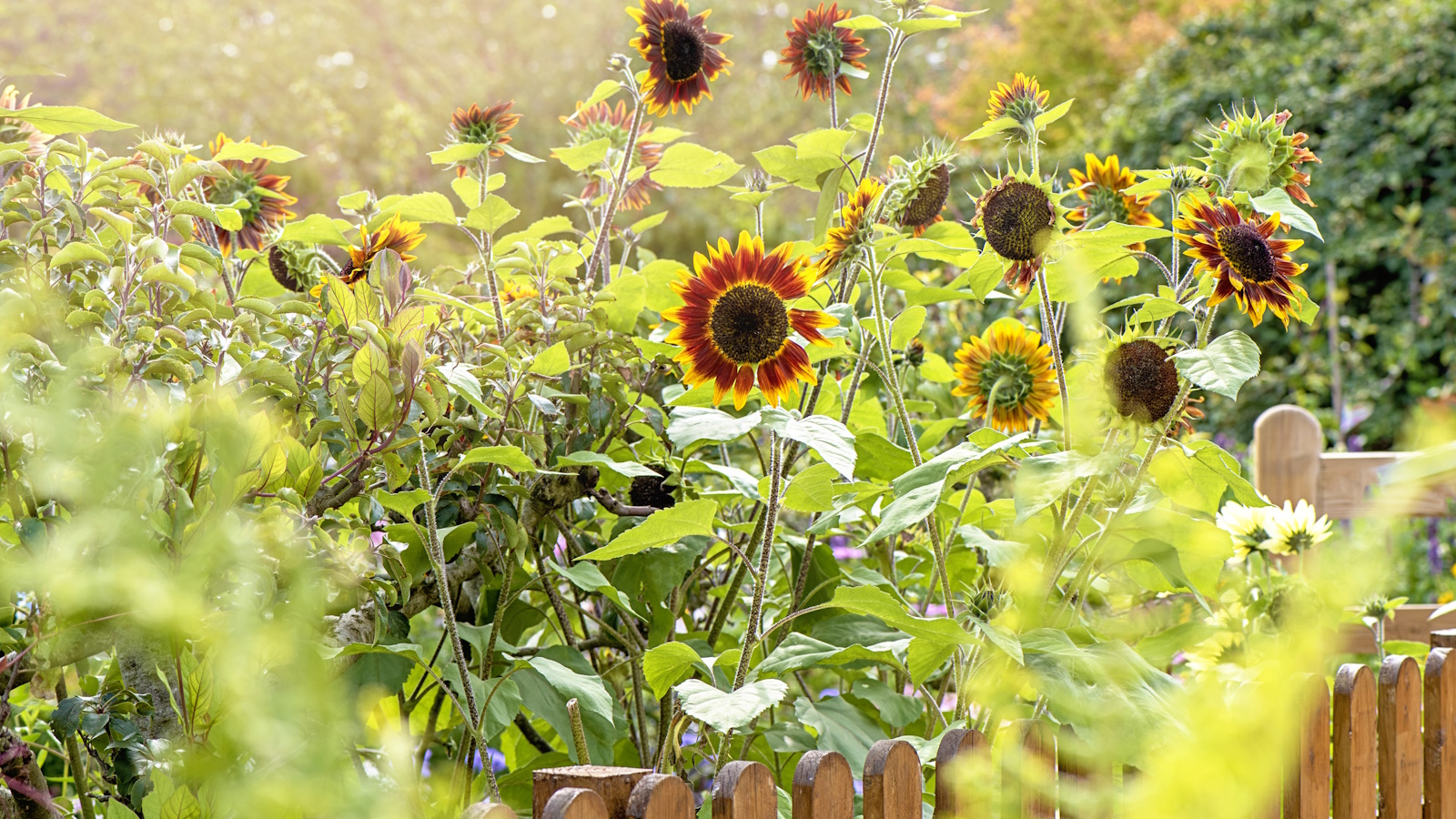 Best dwarf sunflowers for pots and small spaces – transform even tiny yards this summer with these bold, colorful blooms
Best dwarf sunflowers for pots and small spaces – transform even tiny yards this summer with these bold, colorful bloomsThese container-friendly dwarf sunflowers are sure to put on a summer show in your garden, whatever the size
-
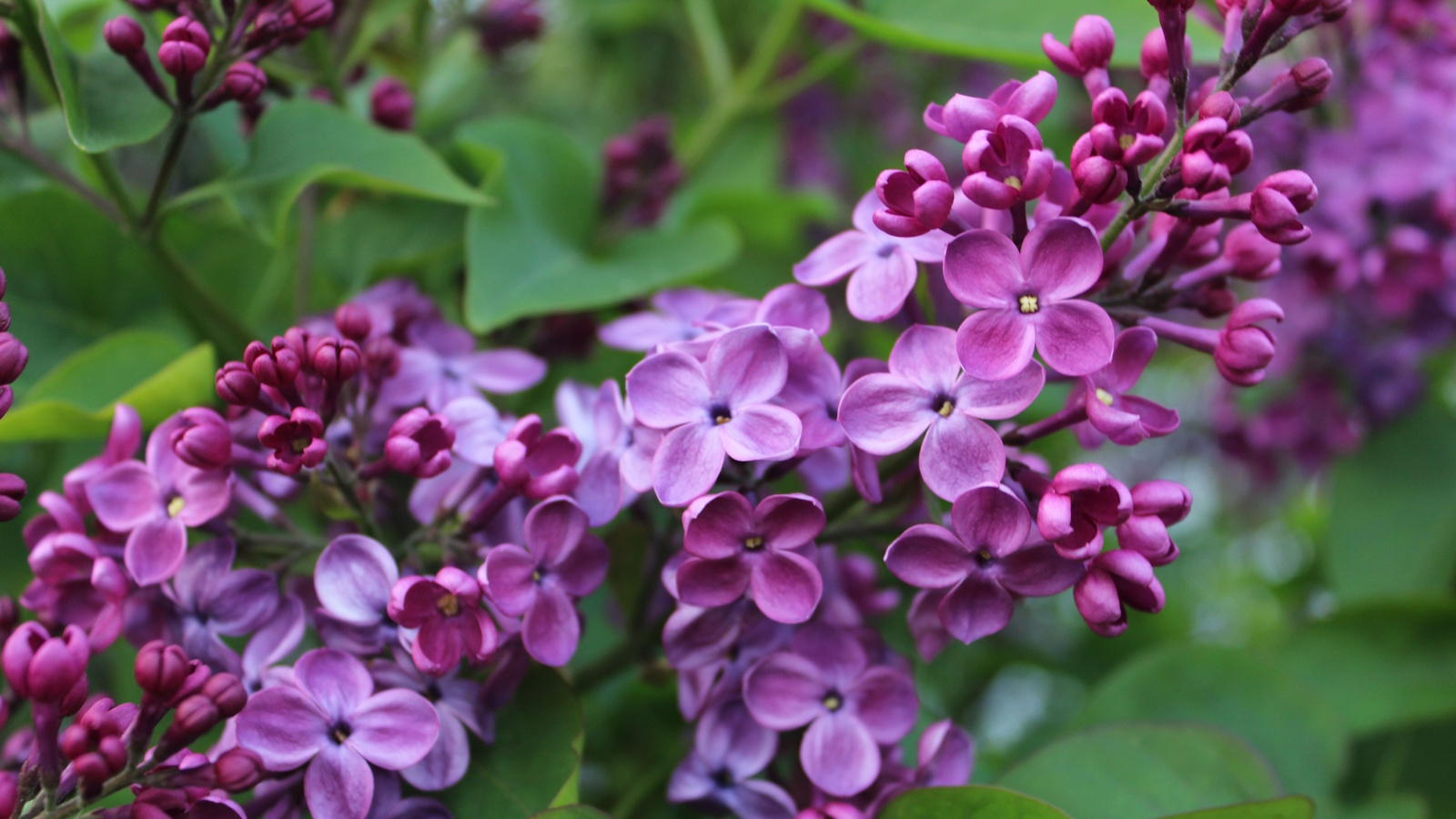 Is it necessary to deadhead lilac flowers? Here's what I've learned after a decade working as a professional gardener
Is it necessary to deadhead lilac flowers? Here's what I've learned after a decade working as a professional gardenerDeadheading spent lilac blooms can help to improve the appearance of your plants, but it won't encourage any more blooms
-
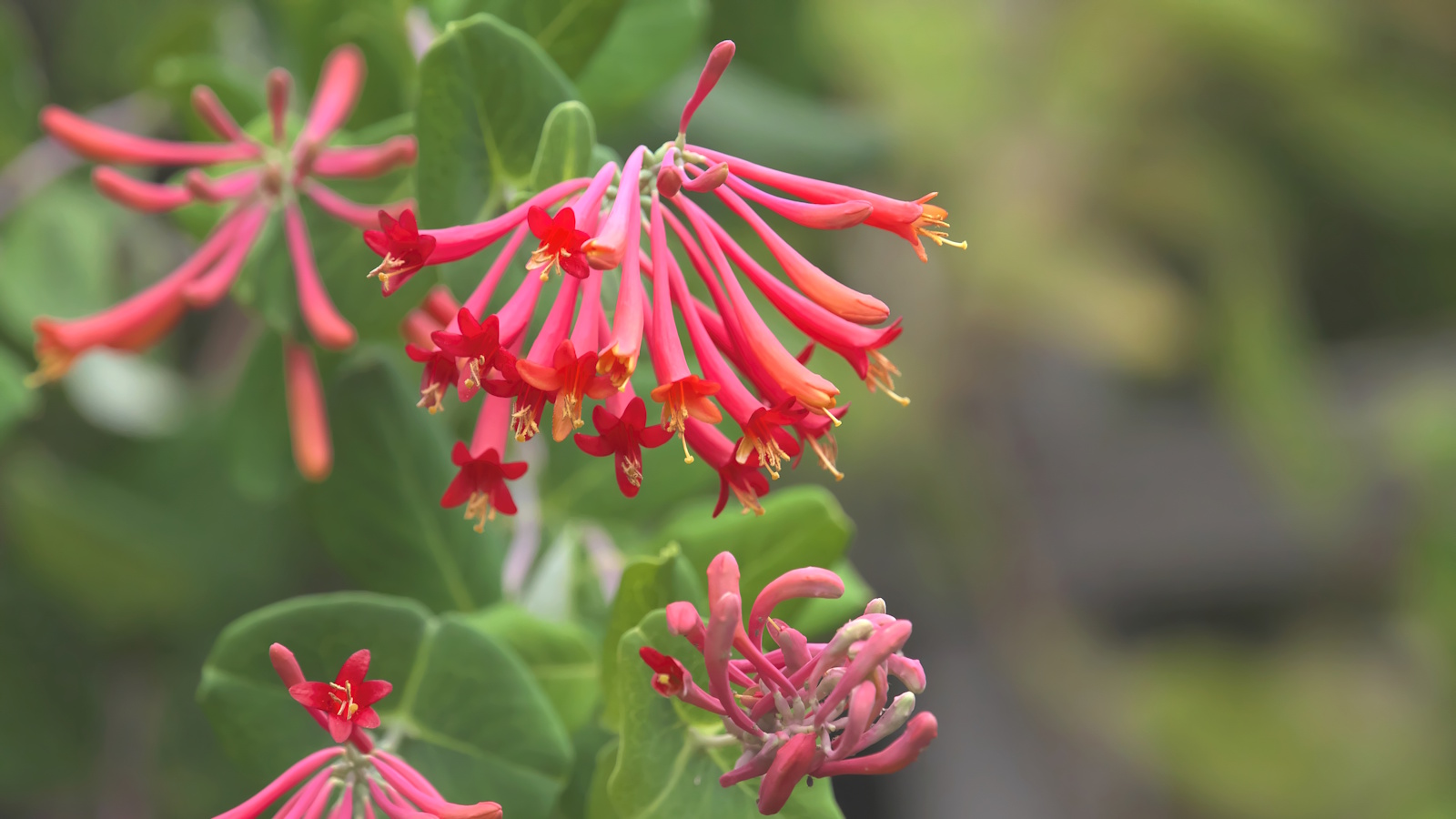 Best climbers to attract hummingbirds – 5 nectar-rich vines with vibrant, colorful flowers to fill pots and borders
Best climbers to attract hummingbirds – 5 nectar-rich vines with vibrant, colorful flowers to fill pots and bordersHummingbirds, butterflies and bees will not be able to stay away from these easy-to-grow flowering climbers
-
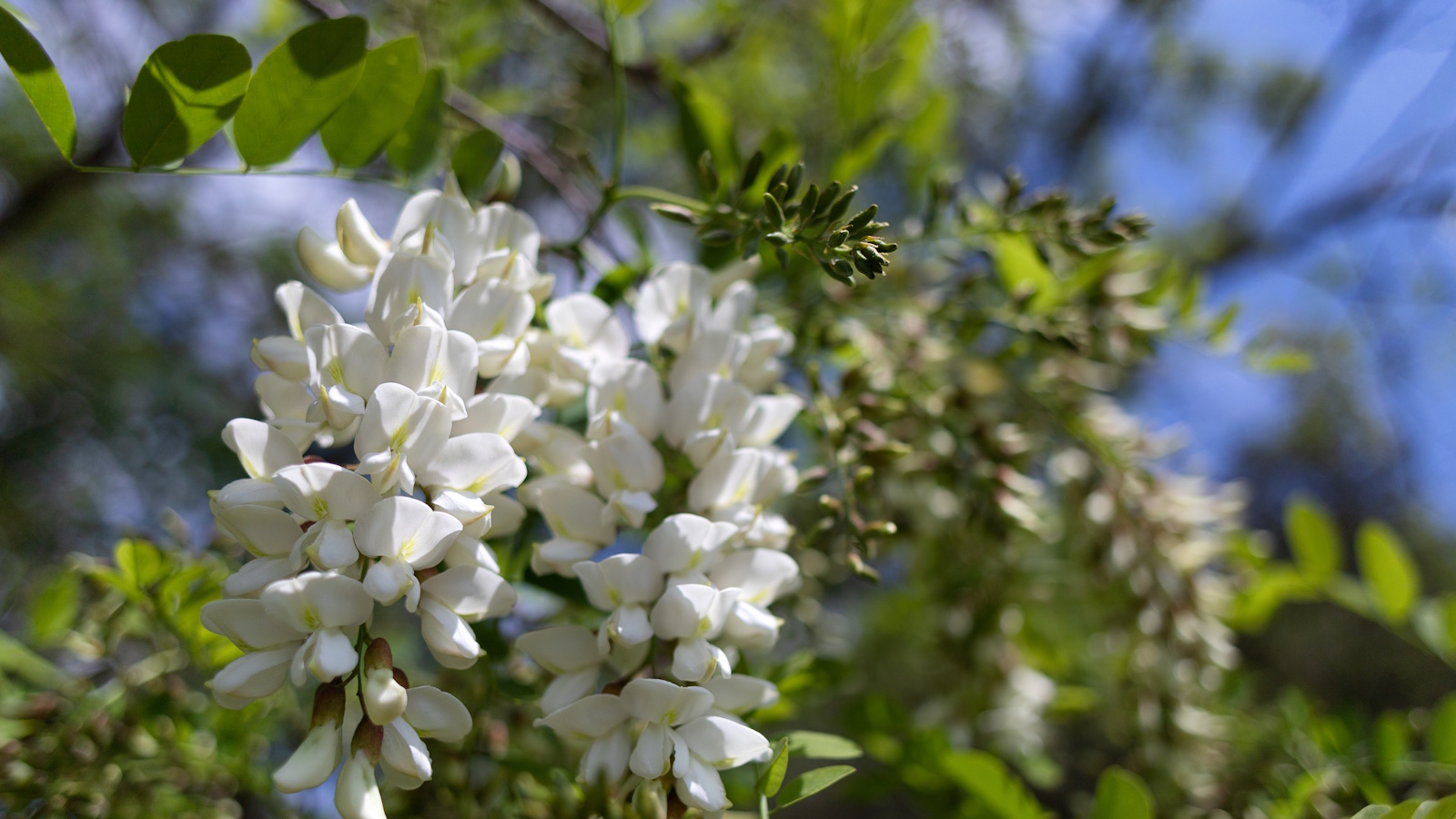 5 plants with thorns and spines to avoid in family gardens – plus the safer alternatives to grow instead
5 plants with thorns and spines to avoid in family gardens – plus the safer alternatives to grow insteadWhile these plants are good for intruder-proofing your yard, they might not be ideal in homes with young children or pets
-
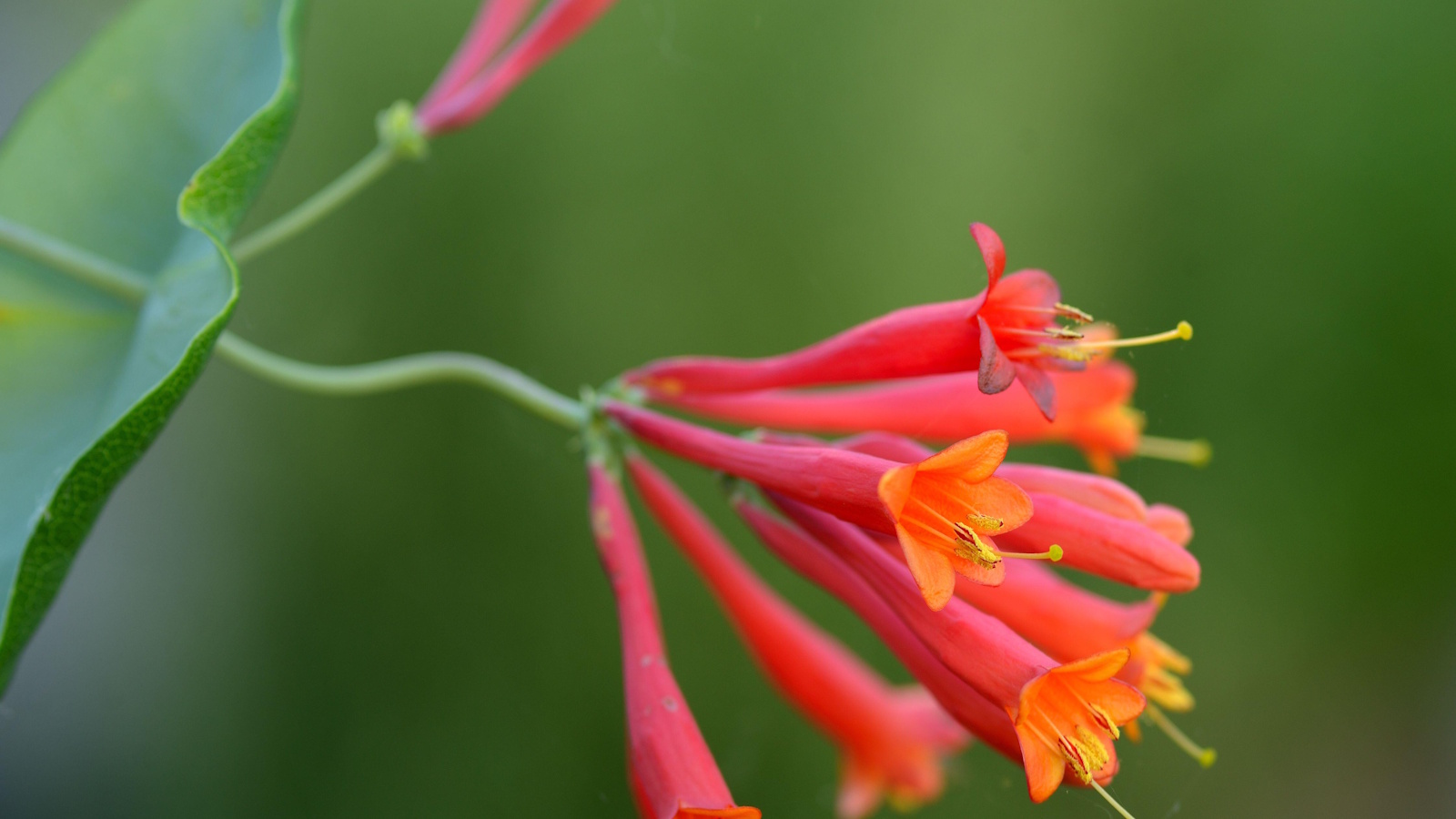 Native alternatives to invasive wisteria – 5 North American climbing plants with spectacular foliage and flowers to grow instead
Native alternatives to invasive wisteria – 5 North American climbing plants with spectacular foliage and flowers to grow insteadThese native vines will fill garden walls, fences and pergolas with greenery
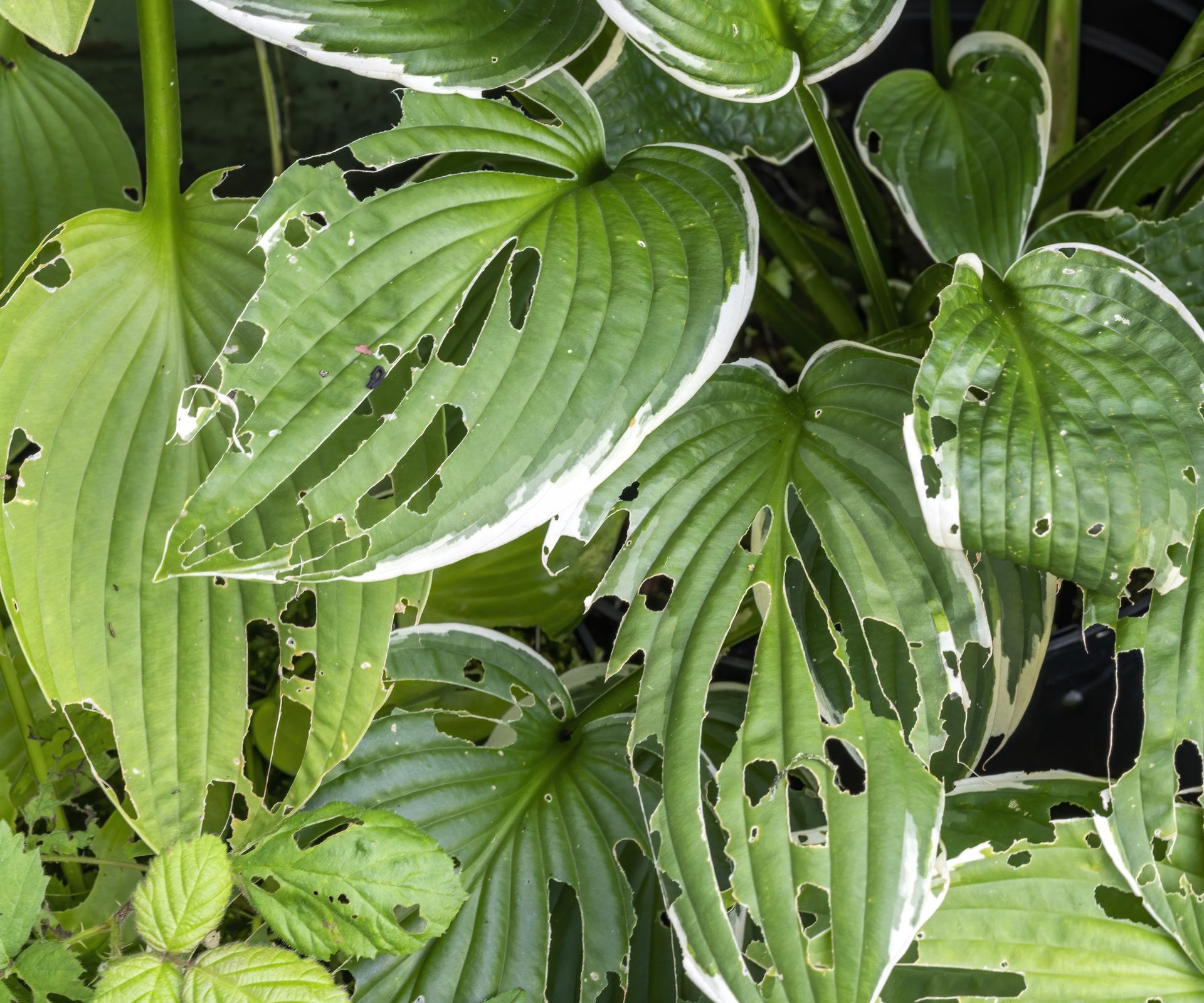

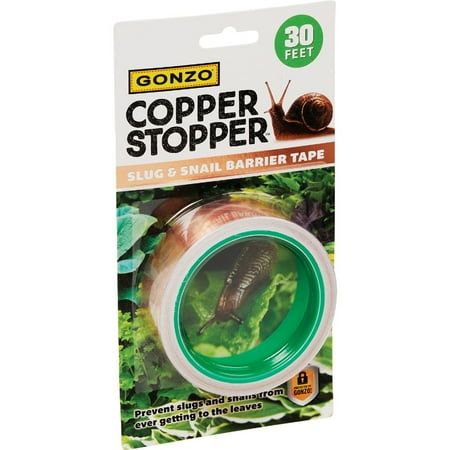
![Miracle-Gro Mg86205 General Utility Gloves – [small/medium], Synthetic Leather Padded Palm Gloves, Spandex Back, Adjustable Hook and Loop Wrist](https://cdn.mos.cms.futurecdn.net/nTAeAiC8a2MyyhZSnu3uAT-1920-80.jpg)
